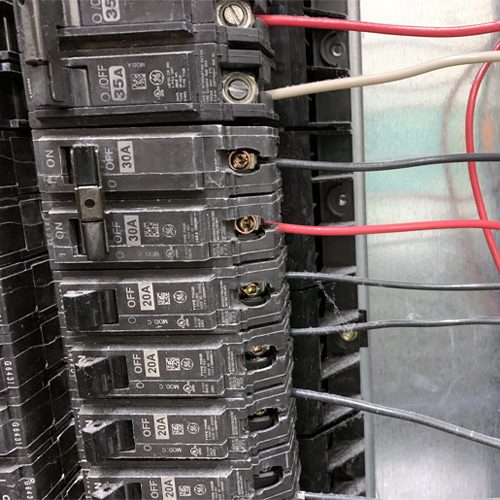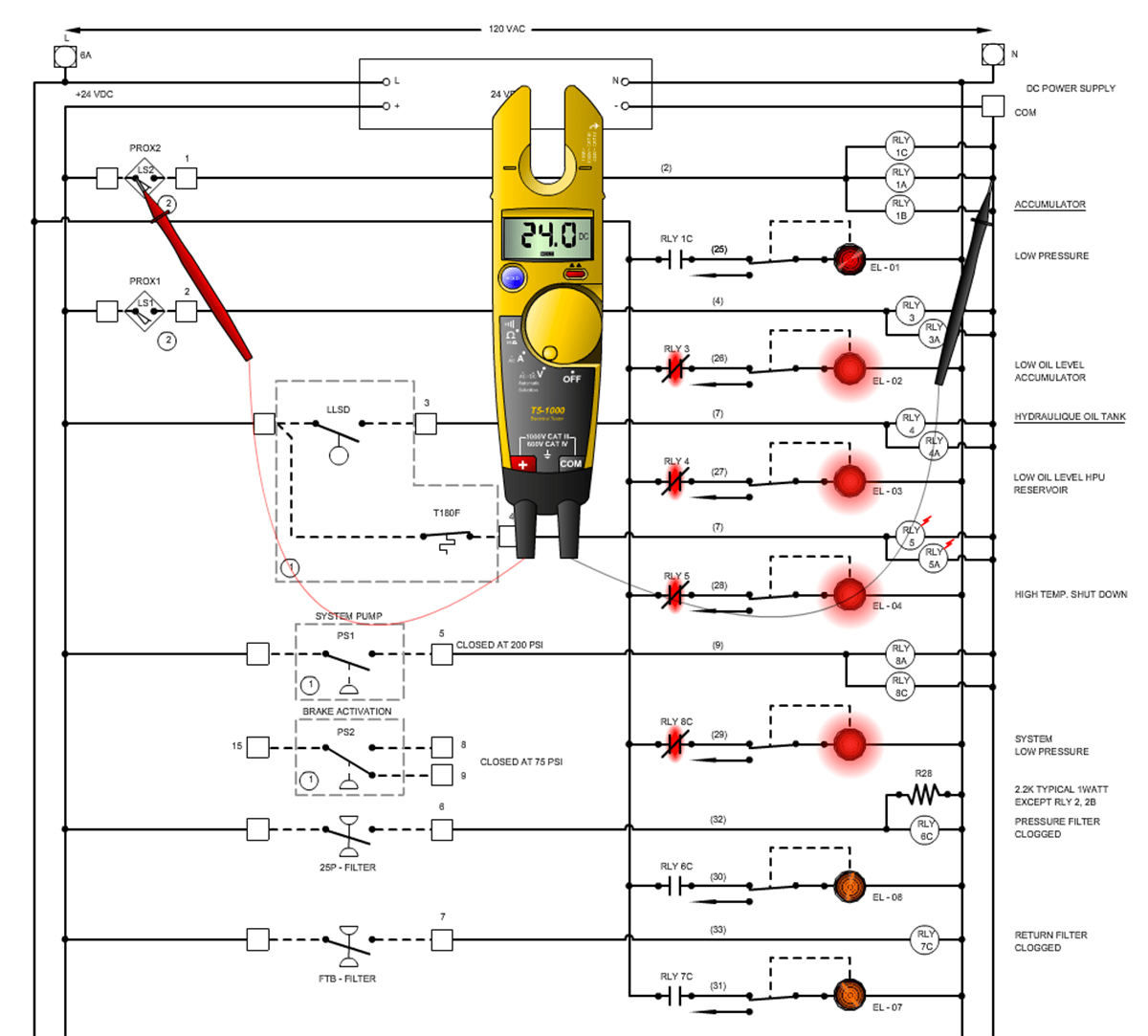Streamline processes with specialized mechanical system optimisation support.
Streamline processes with specialized mechanical system optimisation support.
Blog Article
Leading Tips for Effective Electric System Troubleshooting
Repairing electric systems requires a methodical method, based in a detailed understanding of electrical concepts and safety and security procedures. The subtleties of effective troubleshooting extend beyond mere technical understanding; comprehending exactly how to document findings and prioritize safety can substantially affect end results.
Understand the Essentials
Comprehending the fundamentals of electric systems is vital for reliable troubleshooting, as a strong foundation enables technicians to detect and deal with issues extra effectively. A detailed understanding of electric concepts, such as voltage, existing, resistance, and power, is crucial in identifying the root causes of problems. Voltage is the electric prospective difference that drives present through a circuit, while resistance opposes the circulation of current, impacting the overall performance of the system.
Knowledge with circuit elements, consisting of resistors, capacitors, diodes, and changes, is additionally vital. Each component plays a distinct role in circuit actions and can affect efficiency when malfunctioning. Additionally, recognizing series and identical circuit configurations is crucial, as these arrangements affect the distribution of voltage and existing within the system.
Additionally, knowledge of security methods is important. Service technicians must know prospective dangers, such as shock and short circuits, to execute secure troubleshooting techniques. By grasping these foundational ideas, technicians improve their capacity to conduct effective diagnostics and fixings, ultimately resulting in enhanced efficiency and integrity of electrical systems. This fundamental understanding is the foundation of effective repairing undertakings.
Gather Necessary Devices
Efficient troubleshooting of electrical systems needs the best set of tools to diagnose and deal with issues accurately. A fully equipped service technician can dramatically boost performance and performance in recognizing issues. Necessary tools include a multimeter, which determines voltage, present, and resistance, enabling accurate evaluations of electric elements. Clamp meters are also useful for determining present without disconnecting the circuit, making certain safety and security and comfort.
Additionally, shielded hand tools such as screwdrivers, pliers, and wire pole dancers are crucial for securely controling electric connections. It is additionally a good idea to have a circuit tester on hand to validate the visibility of voltage in outlets and wires. For even more facility systems, a thermal imaging cam can help find overheating components, showing prospective failings.

Follow a Methodical Technique
Having actually collected the proper devices, the following action in fixing electrical systems is to comply with a methodical technique. A methodical method makes sure that service technicians can identify faults efficiently and accurately, minimizing downtime and preventing unneeded fixings.
Begin by assessing the system's schematic layouts and specs. This involves monitoring each element systematically, beginning from the power source and functioning in the direction of the load.
Make use of screening equipment, such as multimeters and oscilloscopes, to collect unbiased data concerning voltage, present, and resistance at various factors within the system. This empirical evidence will certainly assist your troubleshooting initiatives and aid to verify or eliminate possible causes of failing.
Furthermore, think about environmental elements that might influence the system's efficiency, such as temperature variations or dampness ingress. An extensive inspection of electrical wiring, connections, and elements will certainly make sure that all possibilities are represented.
Document Your Searchings For
Complete documents is essential in the troubleshooting process of electric systems. This technique not just help in understanding the root cause of the issue yet additionally offers as a reference for future troubleshooting efforts.

In addition, preserving a log of parts changed or fixings carried out is important. This from this source details sustains inventory monitoring and can aid assess the long life and reliability of details parts.
Inevitably, the paperwork procedure must be complete yet concise, allowing simple access and evaluation - electrical system troubleshooting. By focusing on comprehensive documents, professionals can produce an important data base that not just aids in current troubleshooting yet likewise encourages future upkeep initiatives, consequently improving total system reliability

Prioritize Precaution
Recognizing the intrinsic threats related to electric systems is important for making certain security during troubleshooting. Electrical shock, burns, and equipment damages are just a few of the potential risks that professionals deal with. Prioritizing precaution is not just a legal responsibility however additionally an ethical critical that safeguards both the specialist and the surrounding atmosphere.
Prior to starting any troubleshooting task, specialists must wear suitable personal safety devices (PPE), consisting of shielded handwear covers, shatterproof glass, and flame-resistant clothing. Making sure that the job area is completely dry and free of mess can significantly reduce the threat of crashes. Furthermore, it is crucial to de-energize circuits prior to starting any kind of job, validating that they are not endure making use of a multimeter or voltage tester.
Establishing clear interaction methods with employee is likewise crucial; this makes sure that everybody understands prospective dangers and the standing of the electric system being functioned on. Having an emergency situation action plan in place can confirm vital in the event of an incident. By prioritizing precaution, professionals can efficiently alleviate risks and cultivate a more secure office.
Verdict
Reliable electrical system repairing relies upon an extensive understanding of basic principles and a systematic technique. By collecting necessary tools, sticking to systematic analysis techniques, and diligently documenting searchings for, the troubleshooting procedure becomes a lot more efficient and trusted. Prioritizing precaution ensures the health of people involved and the integrity of the electric system. Executing these methods will improve the repairing experience, leading to quicker resolutions and enhanced functional effectiveness in electric systems.
Report this page